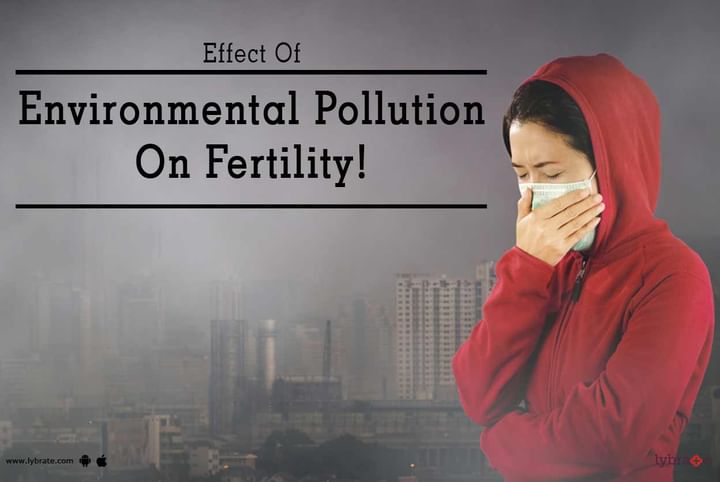Get the App
For Doctors
Login/Sign-up
Last Updated: Oct 27, 2020
BookMark
Report
Effect Of Environmental Pollution On Fertility!
A recent study claims that environmental pollution may be a leading cause of infertility in many couples. In the ‘Environmental Health Perspective’ journal, researchers stated that exposure to environmental pollutants like PCBs (perchlorinated biphenyls), pesticides and toxic industrial compounds can decrease your fertility rate by up to a staggering 29%.
Pollution and Reduced Conception Rate-
- Women who are exposed to high levels of environmental pollutants have shown little or no success in achieving pregnancy even after undergoing fertility treatments as opposed to those breathing fresh air. Researchers from South Korea’s Seoul Fertility Clinic closely analyzed the rate of pregnancy over nine years, and more than around 6600 IVF cycles witnessed a decrease in the rate of conception and an increase in pregnancy loss among females exposed to the highest levels of environmental pollution.
- To see if pollution affects IVF success rate, researchers examined records for 4581 women who underwent multiple IVF cycles from 2006-2014. District-level pollution-monitoring data was used from around the city to estimate each woman’s average exposure to chemicals like carbon monoxide, nitrogen dioxide, sulphur dioxide and others per hour, during the IVF treatment.
- Researchers examined the effects of each of these pollutants at each stage of the IVF process – right from ovarian stimulation to retrieval of the eggs and finally embryo transfer. It was found that exposure to pollutants during the first and third phase of IVF was linked with loss of pregnancy.
What do the latest experiments suggest?
- In another instance, a group of scientists at the National Institute of Health formed the Longitudinal Investigation of Fertility and the Environment to look at the various pollutants and their probable effects on the rate of pregnancy, and to understand the effects of harmful compounds on women’s reproductive health of as on female and male infertility.
- The experiment was conducted on 500 couples who restrained from using contraception for about a year or until they conceived, whichever happened first. The study involved taking a sample of their blood to check for traces of 63 pollutants like PCBs that are found in oil paintings, adhesives and electrical parts, and pesticides that are absorbed by domesticated animals and eventually by people from dairy, meat, and fatty fishes.
- Every couple was handed over a kit that helped them monitor fertility-related hormones to make the most of their chance to achieve pregnancy. The couples closely monitored their diet and other lifestyle patterns on a daily basis. At the end of the study, researchers evaluated levels of the chosen environmental chemicals in the blood and the approximate time it took for the couples to get pregnant. It was found that for the increase in each unit of blood, the concentration of as many as 12 pollutants was linked with an estimated 17-29% decrease in the likelihood of conceiving. The relationship was significant even after adjusting for the effects of BMI, ageing, and smoking – factors primarily affecting fertility.
People looking to achieve pregnancy through IVF process need to be aware of the harmful effects that environmental pollution may have on the treatment. Limit exposure to such toxic pollutants if you want your IVF to be a success.
In case you have a concern or query you can always consult a specialist & get answers to your questions!


+1.svg)
